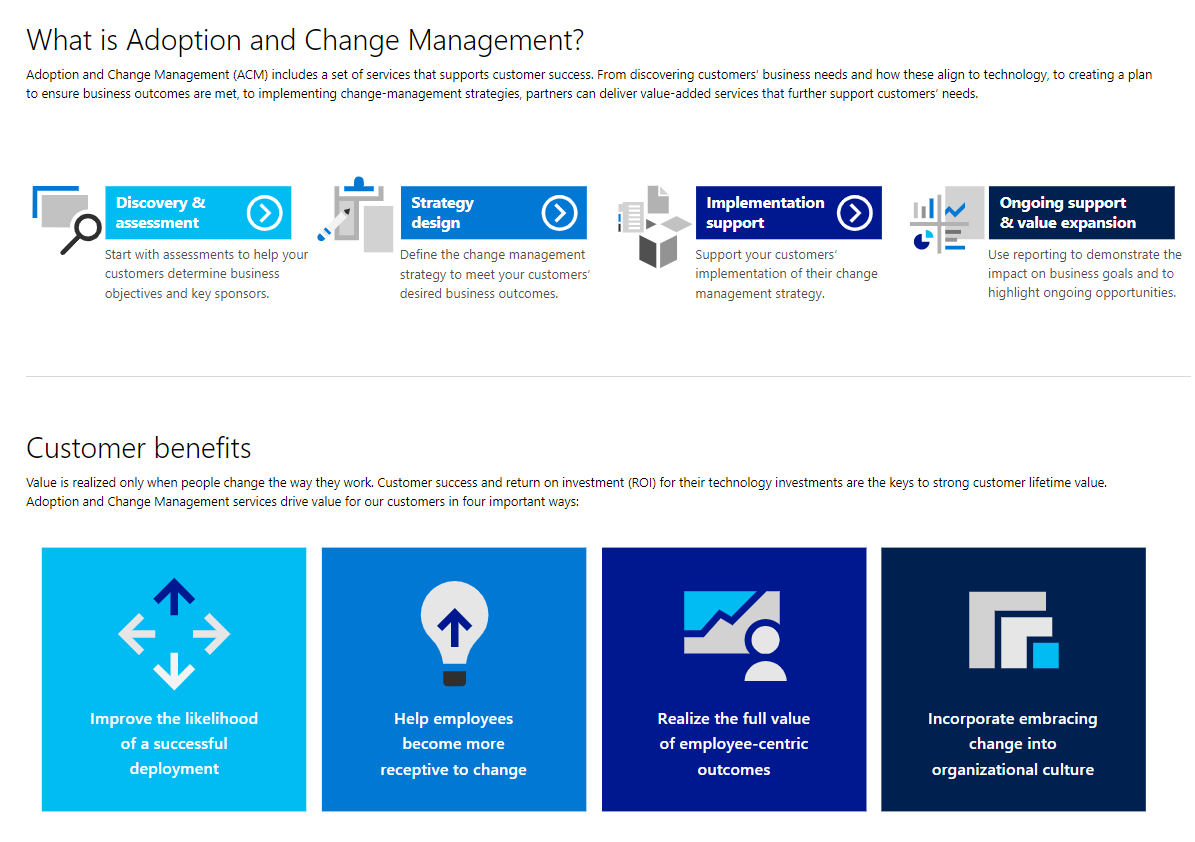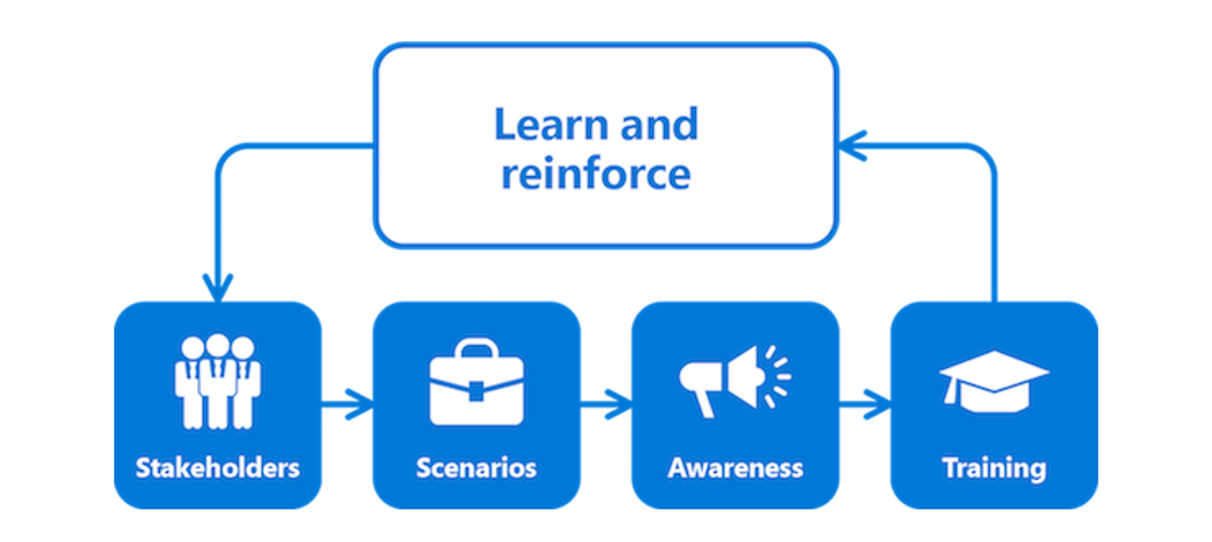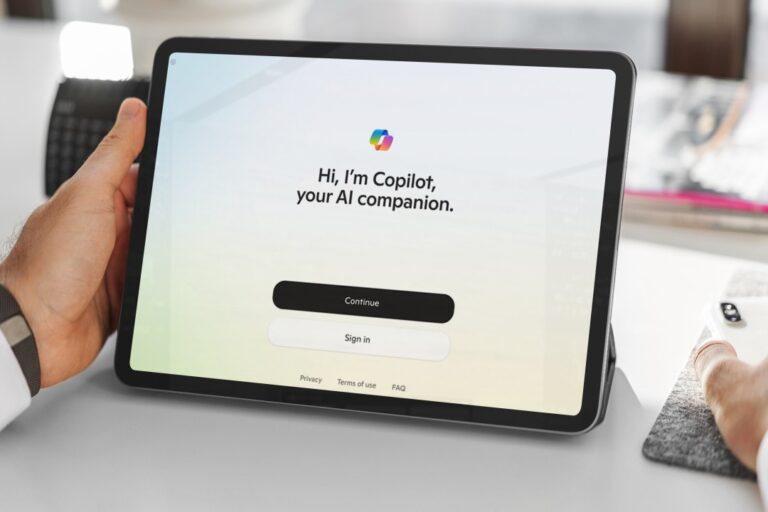
It is a well-known saying that ‘change is the only constant.’ A recent and stark example of this is how the COVID-19 pandemic has affected the world as we know it. It has forced changes in global communities, businesses, and governments. The world was not ready for this scenario, but to survive, it had to change.
Progress always implies change. This change may challenge our assumptions or make us feel uncomfortable, but we need structure, energy, and perspective to make it a success. Change management helps businesses take a structured approach to transition individuals, teams, departments, and organizations to fulfill a vision or strategy. This article describes some of the best practices for managing change in your organization.

An important point to note is that end-user adoption should not be an afterthought. End-users are typically factored in at the end of any change management initiative, usually after a new technology or process is implemented, either through communications or training.
The above image illustrates the best practice framework to keep in mind before beginning any management initiative that brings in change. Organizations need to understand the business process, get all stakeholders involved, find the benefits that people are going to achieve, and create contextual work scenarios of how end-users are going to use the new technology. This needs to be followed by creating awareness and providing training to all the end-users. The advantage of this framework is that there is constant feedback in the form of learning and reinforcement to ensure that change is continuous.

Know More About Our Microsoft 365 and Consulting Services
The following framework can be used to implement change management in any organization. The main goal of this framework is to align the adoption program with the technical implementation.
1. Envision
a. Define the scope and objectives – Understand what your organization is looking to achieve. To do this, we focus on six points to understand what it is that the business wants to achieve: is it an increase in sales? Organizational efficiency? Or a reduction in expenses?
- What is the desired change – The objectives that the organization wishes to achieve in terms of business outcomes. Objectives are usually measured using the SMART criteria, which checks if they are Specific, Measurable, Achievable, Relevant, and Timely.
- Why is the change needed – Address the current pain points in the organization
- Where will the change occur (geographically or organizationally)? Here the target is broken down into audiences or communities where the impact of change is most likely to be felt.
- Who will change? The locations and types of employees who will need to change.
- How will people’s behavior shift, considering the change? How the change will affect the current work environment, based on the readiness and willingness of the people involved.
- When will the change need to occur to realize business benefits? The duration and expected timelines of the change management initiative.
b. Identify and prioritize scenarios and personas – Here, we identify which scenarios and personas inside your organization are going to be affected by the change. We use pre-built templates in what is called a Productivity Library to explore simple ways to speed up the change management process. The templates include best practices using various Microsoft Technologies based on the various job functions like HR, Sales, Marketing, Finance, or Operations. This describes the way that staff can use different technological capabilities based on their function.
c. Develop detailed success plans – This section helps create detailed success plans, defines metrics and goals, and sets up the complete scenario for the change management initiative. The success plan goes deeper into defining the criteria of the following segments.
- Stakeholder engagement – Identify all the stakeholders who will be affected by this initiative.
- Communications – Keep all the stakeholders involved from the beginning of the change initiative by providing relevant and timely communications during each project phase.
- Training – Provide the right training roadmap, which is a true reflection of the changes required for an individual to work in the new environment.
- Measurement – Describes the key metrics to be used for determining the success of various stakeholders.
- Reinforcement – Incorporate feedback from various stakeholders back into the system to analyze what worked and what did not, and make changes accordingly.
The envisioning stage will probably require the most amount of work and time, among all the phases of a change management initiative.
2. Onboard
The next part of this process is onboarding, in which we start the execution and delivery of the various phases detailed in the envisioning stage.
- Implementation guidance and schedule – Create a service launch for each set of participants, to be rolled out in a phased manner.
- Stakeholder engagement delivery – Define targets for the key activities required by each executive sponsor, namely the Project Team, Senior Executives and Managers, and the impacted users.
- Communications delivery – Detail the communications required to be rolled out at every phase for all the participants. Communications Delivery could include newsletters, posters, first touch events, websites, and awards & accolades.
- Training delivery – Giving conceptualized training across all the scenarios. Different types of training include one-on-one training, online training, classroom training, on-the-job training, or self-paced training.
3. Drive Value
After having designed and executed the change initiatives, incorporating changes via feedback is equally important to ensure that we are driving value.
- Measurement delivery: Employee feedback can be measured using channels like Yammer, surveys, or meet the COO meetings on a monthly or quarterly basis. The findings are sent back to the Project Teams to provide closed-loop feedback.
- Reinforcement delivery: Creation of a change governance council to ensure that the feedback data is correctly used to improve the change management process continuously.
Key Benefits of Structured Change Management to an Organization
- The Change Management Process is planned and structured
- The organization can respond faster to customer demands
- Aligning existing resources for better productivity
- Assessing the overall impact of change in the organization
- Will not negatively impact the day-to-day operations of the business
- Improve organizational effectiveness and efficiency by incorporating concerns of staff
- Improved customer service to clients from confident and knowledgeable employees
- Provide a way to anticipate new challenges and hurdles, and respond to them efficiently
- Increased return on investment (ROI)
- Development of best practices framework, leadership development, and employee development
Summary
Implementing a change management program in your organization is a thorough, detailed, and time-consuming process. It requires commitment and hard work, not only from the sponsors and executive management but also from every single employee. At a time when business change is continuously occurring, managers who can communicate change effectively will be the next top leaders of the organization. Request a consultation with our experts, to solve the complexity of any change management initiative in your organization.




